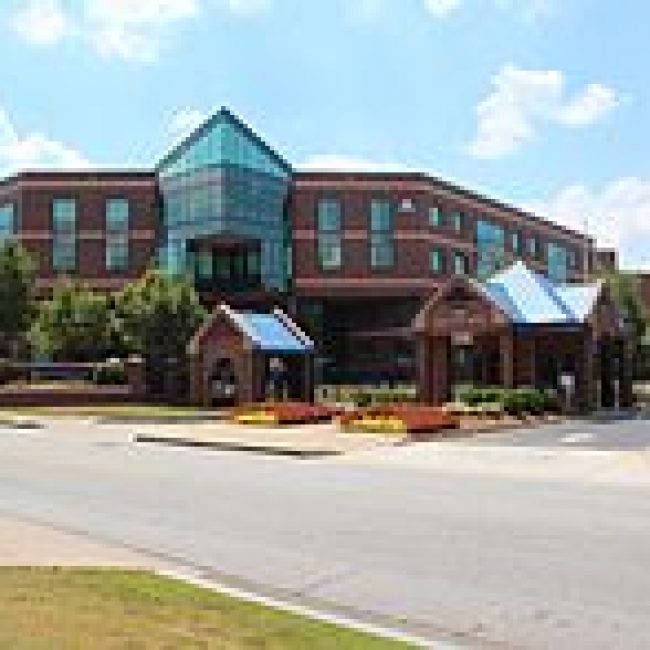

79% of the students attending Wake Forest School of Medicine receive some form of financial aid. In addition to the federal loan programs available to Wake Forest School of Medicine students, several medical school scholarships and grants are available. The total costs of attendance are approximate: The estimated average graduate indebtedness for Wake Forest School of Medicine is $197,299. The Wake Forest School of Medicine Admissions department strongly recommends the following coursework for applicants:Īre you wondering why medical school prerequisites are important? It is expected that all applicants can show that they have proper competencies in each content area demonstrated by their MCAT scores.Īny students who come from non-science majors are suggested to complete a wide variety of courses in the field to keep themselves a competitive candidate. Wake Forest School of Medicine does not have any specific coursework requirements. In addition to limitations on international students, Wake Forest School of Medicine also does not accept applicants for transfer or transfer students to the MD Program.

or Canada, you must complete equivocal coursework within the U.S. If you have completed any of your undergraduate or premedical recommended courses outside of the U.S. To be considered for the Wake Forest School of Medicine MD Program, all applicants must be U.S.

Wake Forest Medical School Overall Acceptance Rate: Here is a look at the typical profile of the admissions cycle for Wake Forest School of Medicine: Profile of the typical entering class includes: Since the Admissions department constantly updates this information, it is best recommended to check the exact dates and timelines prescribed directly through the school’s portal. Application Timelineīelow is the general medical school application timeline of the Wake Forest School of Medicine application process. This phase lasts 13-months and includes required selective in Acting Internships and Critical Care with a variety of additional electives. The third phase of “Wake Ready!” is called the Individualization phase, where the overall curriculum’s flexibility begins to take form.
#WAKE FOREST SCHOOL OF MEDICINE PROFESSIONAL#
This clinical phase involves the development and demonstration of competencies in Core Entrustable Professional Activities (EPAs) for residency programs. The second phase of “Wake Ready!” is known as Immersion and follows a 12-month calendar cycle. Foundations are developed of the following sciences: During this preclinical period, medical students learn the foundations of science as needed for practicing medicine. The first phase of the “Wake Ready!” curriculum is known as Foundations and lasts 18 months. The “Wake Ready!” curriculum is broken into three primary phases that include Foundations (preclinical), Immersion (clinical), and Individualization (clinical). Rather than following a traditional curriculum that includes two years of preclinical and two years of clinical curriculum, a more flexible program allows students to explore areas of their interest. The Wake Forest School of Medicine MD Program offers a specific curriculum known as “Wake Ready!” known for taking a more individualized approach to standard medical schooling. Recap of admission stats, available programs, and interview formats at Wake Forest Any students interested in the MA or MS programs must apply to these programs during their second year of medical studies. In terms of medical programs, Wake Forest School of Medicine offers the traditional Doctor of Medicine Degree (MD) and three other combined degrees, including MD/Ph.D., MD/MS, and MD/MA. Serving as the premier health system in our region, with specific centers of excellence recognized as national and international care destinations.Training leaders in healthcare and biomedical science.Generating and translating knowledge to prevent, diagnose and treat disease.Wake Forest Baptist Medical Center’s mission is to improve the health of our region, state, and nation by:


 0 kommentar(er)
0 kommentar(er)
